Sean Connery Movies: James Bond Was Only the Beginning
Sean Connery movies really begin with someone asking him his name. Not a big deal, right? People are asked their names all the time, but so few of them have had the impact that Sean had back in 1962 when he first identified himself as "Bond. James Bond."
Instantly, filmgoers were aware that they were in the "presence" of a genuine movie star, whose charisma was electric from the start. And he didn't disappoint, not only as secret agent 007, but in a wide variety of performances in Sean Connery movies that spanned four decades.
Creating a character as powerful as James Bond took real talent, but so did overcoming the image that had propelled him and the movie business through the 1960s. Sean could have done the easy thing and just stayed with the role that made him a star, but, instead, he realized that he needed to prove to the world that there was more to him than 007. And it was, admittedly, a really rough road at first, with many of his non-Bond films flopping.
At first.
But he persevered and, little by little, it began to change. You could compare it to The Beatles going their separate ways, with John, Paul, George and Ringo having to, in a sense, do it all over again. They managed to do so, and so did Sean.
There is a great moment during the 1988 Academy Awards, when Mr. Connery is called to the stage to accept the gold. The audience is on its feet, applauding wildly, and Sean is beaming in a way that we've seldom seen him do. He is absolutely delighted, and it's not just because he's won, but more because all of those years of hard work, of turning in one fine performance after another, was being appreciated by his peers.
Sean was born August 25, 1930 in Fountainbridge in Edinburgh, Scotland. But that's only the start of his story. Keep scrolling to find out all about Sean's movies, the career he had outside of James Bond and surprising details about his life you might not have known, until now.
MUST-READ: Bond, James Bond — See What Happened to All the Actors' Who Have Played Hollywood's Top Spy Guy
Sean's early life wasn't easy
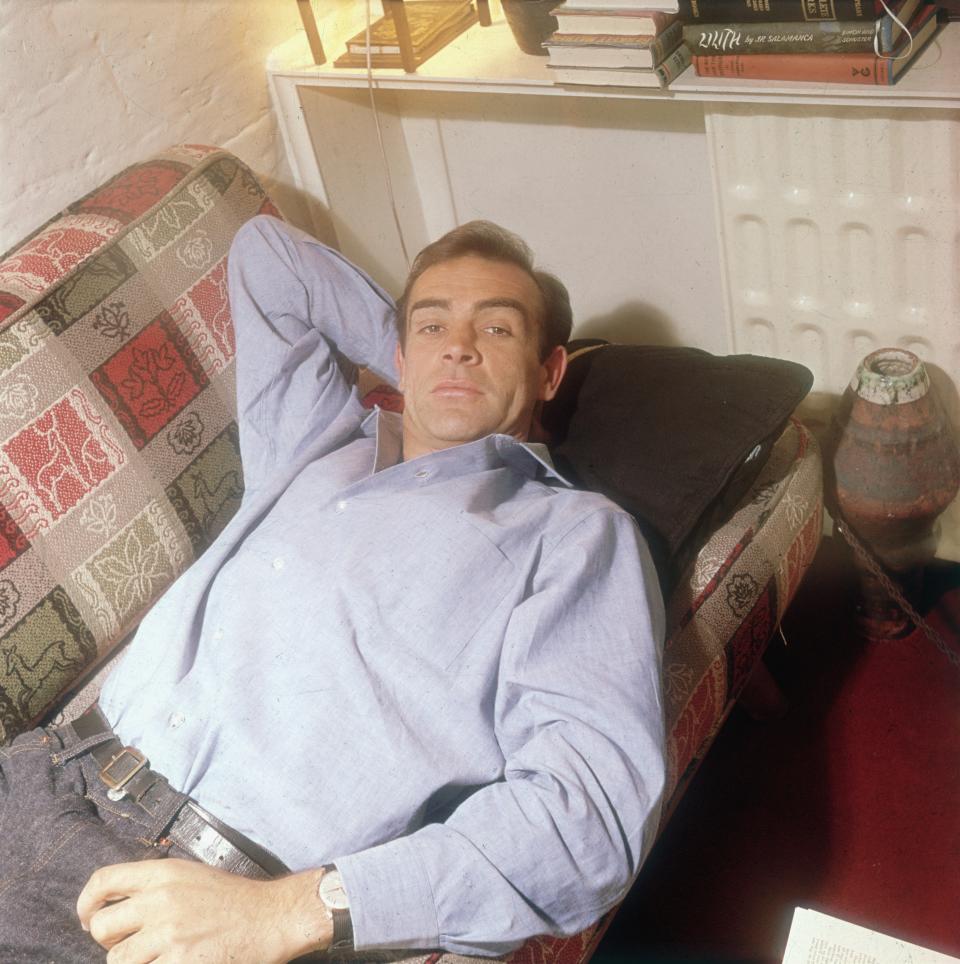
Getty Images
His birth name is Thomas Sean Connery, having been named after his grandfather. His father, Joseph, worked in a factory and also served as a truck driver, while his mother, Euphemia, was a cleaning woman. He has a younger brother named Neil, who dabbled in acting but spent most of his professional life as a plasterer.
By the time he was 18, Sean had reached his full height of 6’2”.Money was always an issue in the Connery household, which could go a long way in explaining the future actor’s well-known frugalness. In an interview back in the ‘60s, Sean commented:
“My background was harsh. We were poor, but I never knew how poor till years later." His first job was as a milk delivery man, though it wasn’t long before he joined the Royal Navy. His time there didn’t last long as he found himself suffering from a duodenal ulcer. From there, he took on a number of different jobs to earn money, among them as a lifeguard, a truck driver, a construction worker and, interestingly, as an artist’s model at the Edinburgh College of Art. Eventually, though, he would find himself drawn to the worlds of soccer (called football overseas) and bodybuilding."
Build the Body!

Getty Images
Sean actually found himself intrigued by the world of bodybuilding. Decades ago, he commented in an interview, “I don’t know when I first envisioned myself as a sort of muscle-boy, a Scottish Arnold Schwarzenegger, but it must have been in my mid-teens. Teenagers are very conscious of their bodies anyway, and the rugged jobs I’d held helped build up those muscles.”
Part of the allure, it's been suggested, is that he always liked the idea of improving his look and attracting the ladies. Whatever the reason, in 1950 he decided to enter the “Mr. Universe” competition to see how he could do. He trained vigorously and actually did fairly well, but, according to one biography, he didn’t stick with it because Americans frequently beat him out due to their muscle size, and were so dedicated to bodybuilding that they refused to participate in any other sports. That wasn't a life for him.
MUST-READ: Chris Hemsworth's Top 10 Movies, Ranked
Before acting, there was even a strong love for soccer
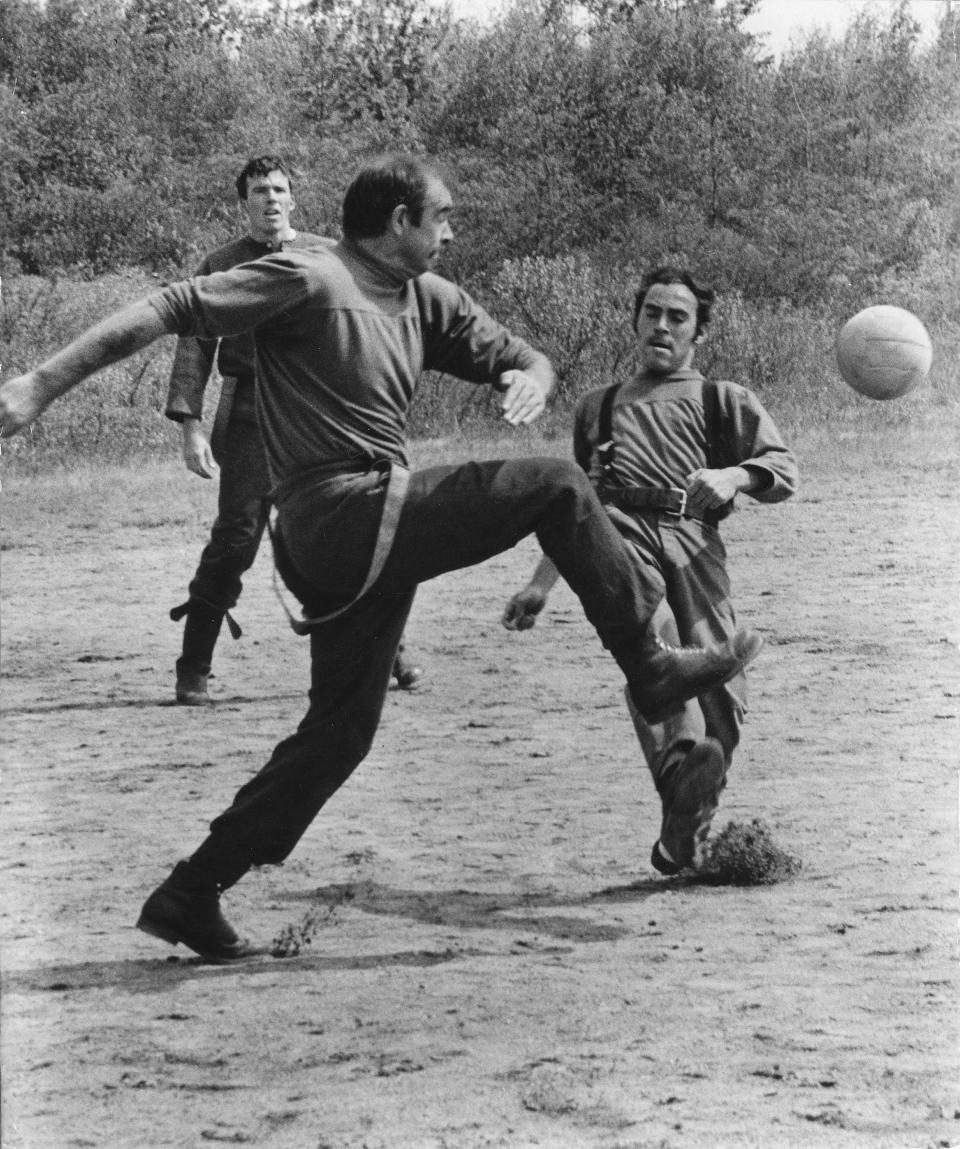
Getty Images
The photo above was actually taken in 1968, by which point Sean had already filmed his first five James Bond films, and had quit the series (before being lured back for more than $1 million to star in Diamonds Are Forever). His interest in soccer began when he was much younger.
Showing a natural flair for the sport, in 1950 he went so far as to win a medal and acclaim by participating in a newspaper cup competition as part of the boy’s club team, Fet-Lor Amateurs. From there, he became a part of Bonnyrigg Rose, which was a mining village’s junior league team. For a brief time, he actually considered trying to pursue the sport as a career — he was genuinely that good — but something prevented him from doing so, even after a team known as East Fife offered him a signing fee to join them. Sean saw something bigger on the horizon.
He then decided to give acting a shot
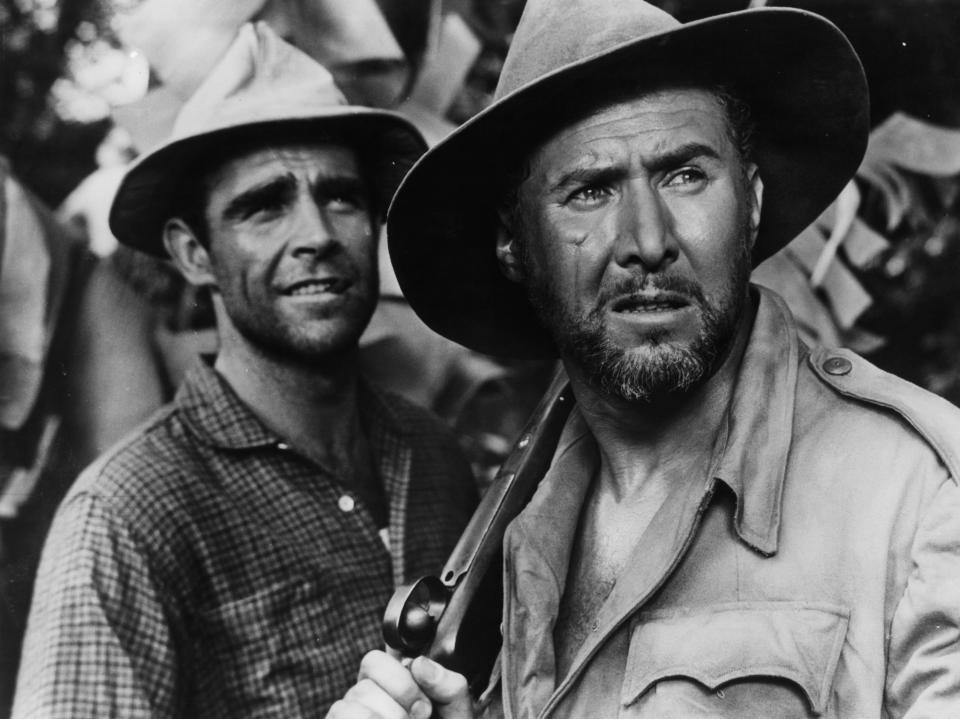
Getty Images
In the early 1950s, Sean found himself drawn to the idea of becoming an actor. In fact, it was during a 1953 bodybuilding competition he was participating in that he got word about a stage production of South Pacific. He scored the role of a chorus boy in the traveling show, and eventually moved up to the role of Marine Cpl. Hamilton Steeves, the following year taking on the part of Lieutenant Buzz Adams, a featured role.
That same year, he struck up a friendship with American actor Robert Henderson, who is the one that convinced him to take voice lessons and also helped him to get hired by London’s Maida Vale Theatre. On his own, Sean was hired as an extra in the 1954 musical Lilacs in the Spring.
More stage work followed, and from there he managed to some small roles on British television, which then, in 1957, saw him take the starring role in a BBC production of Requiem for a Heavyweight. That same year, he had a small role in the feature film Action of the Tiger, which has the distinction of being directed by Terence Young, who would later oversee him in several 007 films. Bigger roles would follow in Another Time, Another Place, Walt Disney’s Darby O’Gill and the Little People, Tarzan’s Greatest Adventure, and The Longest Day.
MUST-READ: The Top 15 Michael Keaton Movies, Ranked
Sean’s first wife was actress Diane Cilento; a marriage that did not end well
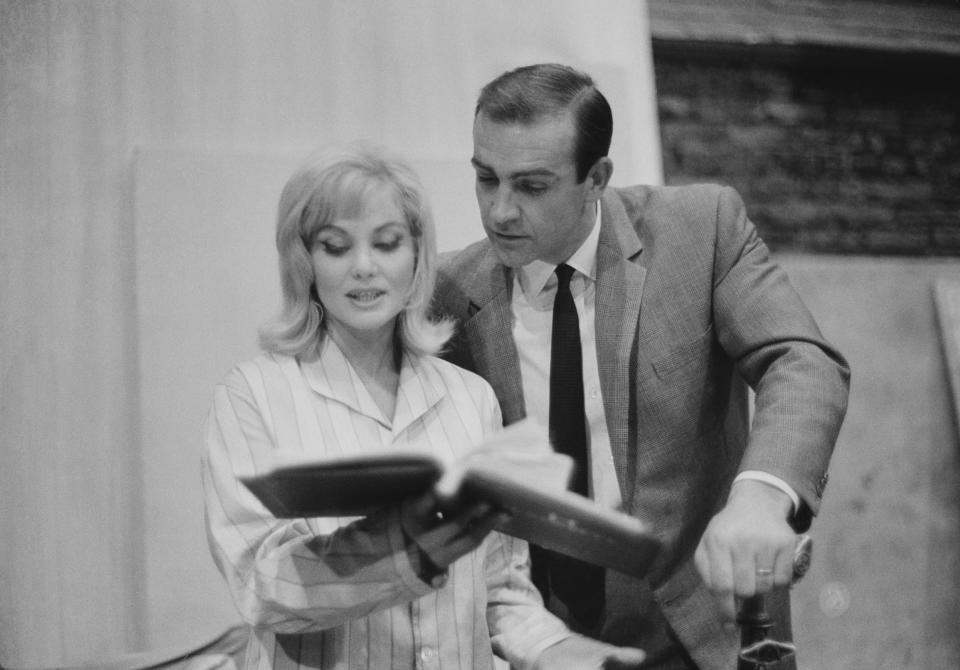
Getty Images
Sean certainly had a ruggedness in common with James Bond, but another element was his attraction to and from the ladies. He dated quite a few of them, but something definitely connected with Australian actress Diane Cilento. They met while co-starring in a theatrical version of Anna Christie. Initially, she wasn’t attracted to him, feeling that he had an enormous chip on his shoulder, but as time went on they developed a friendship with each other, which gradually led to romance.
They were married in 1962, and had a son, Jason. It should be noted that she was the one who convinced him to take on the role of James Bond.There was, however, a darker side. Back in the 1960s, Sean made headlines from an interview with Playboy magazine in which he expressed his feeling that it was okay to strike a woman.
“I don’t think there is anything particularly wrong about hitting a woman, although I don’t recommend doing it in the same way that you’d hit a man,” he said. "An open-handed slap is justified, if all other alternatives fail and there has been plenty of warning. If a woman is a bit-h or hysterical, or bloody-minded continually, then I’d do it.”
According to Diane’s autobiography, My Nine Lives, three years into their marriage, Sean actually beat her. Although it apparently only happened once, it was an unexpected attack. As she writes in the book, “Everything had changed. Looking back, I think my conviction that Sean was my loyal protector, the one person who always made me feel safe, had been shattered. I still love him deeply, but he would never again be the same person I had trusted unconditionally.” The marriage ended in 1973.
The James Bond years
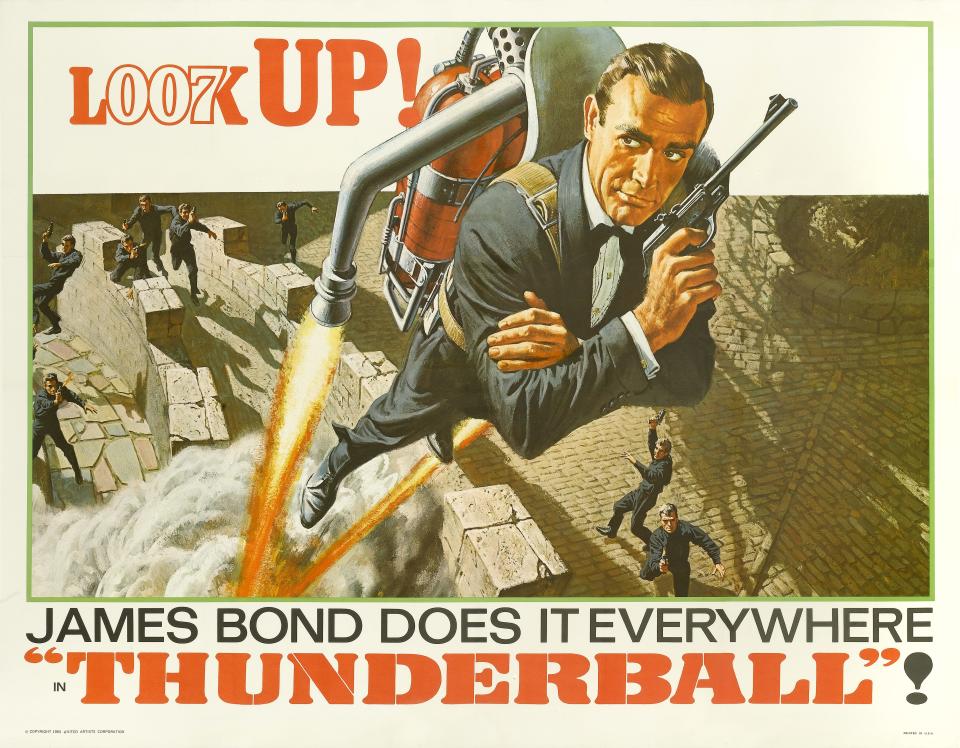
Getty Images
By 1962, author Ian Fleming had something of a publishing phenomenon with superspy James Bond, particularly after President John F. Kennedy proclaimed that the novel From Russia With Love was in his Top 10 books of the year. Helping, of course, was the arrival in 1962 of the first Bond film, Dr. No, which starred Sean as agent 007.
As to how he got the part, in the pages of the book The Films of Sean Connery, the actor is quoted as saying, “Originally they were considering all sorts of stars to play James Bond… The character was to be a shining example of British upper-crust elegance, but they couldn’t afford a major name. Luckily I was available at a price they could afford. The press at the time had a bit of fun with the notion of an ex-coffin polisher playing this silly Ian Fleming character. But [director] Terence Young was quite an eloquent man himself, so he took me to his shirtmaker, his tailor, his shoemaker, and helped me learn the proper Eton manner. Everyone predicted disaster.”
Twenty-five films and more than 60 years later, it’s difficult to realize just how big “Bondmania” became in the 1960s, but it was massive. Sean would go on to star in the film versions of From Russia with Love (1963), Goldfinger (1964), Thunderball (1965) and You Only Live Twice (1967), becoming a superstar in the process.
But feeling that he wasn’t being treated fairly financially as he watched the Bond films pull in hundreds of millions of dollars, he quit the series. Replaced by Australian model turned actor George Lazenby in 1969’s On Her Majesty’s Secret Service, he was lured back in with a $1 million salary for 1971’s Diamonds Are Forever. Then he was gone forever… or at least until 1983’s appropriately titled Never Say Never Again.
MUST-READ: Romancing the Stone is Turning 40 — Read 10 Little-Known Facts About the 80s Adventure
He had to learn golf for Goldfinger, and fell in love with the game
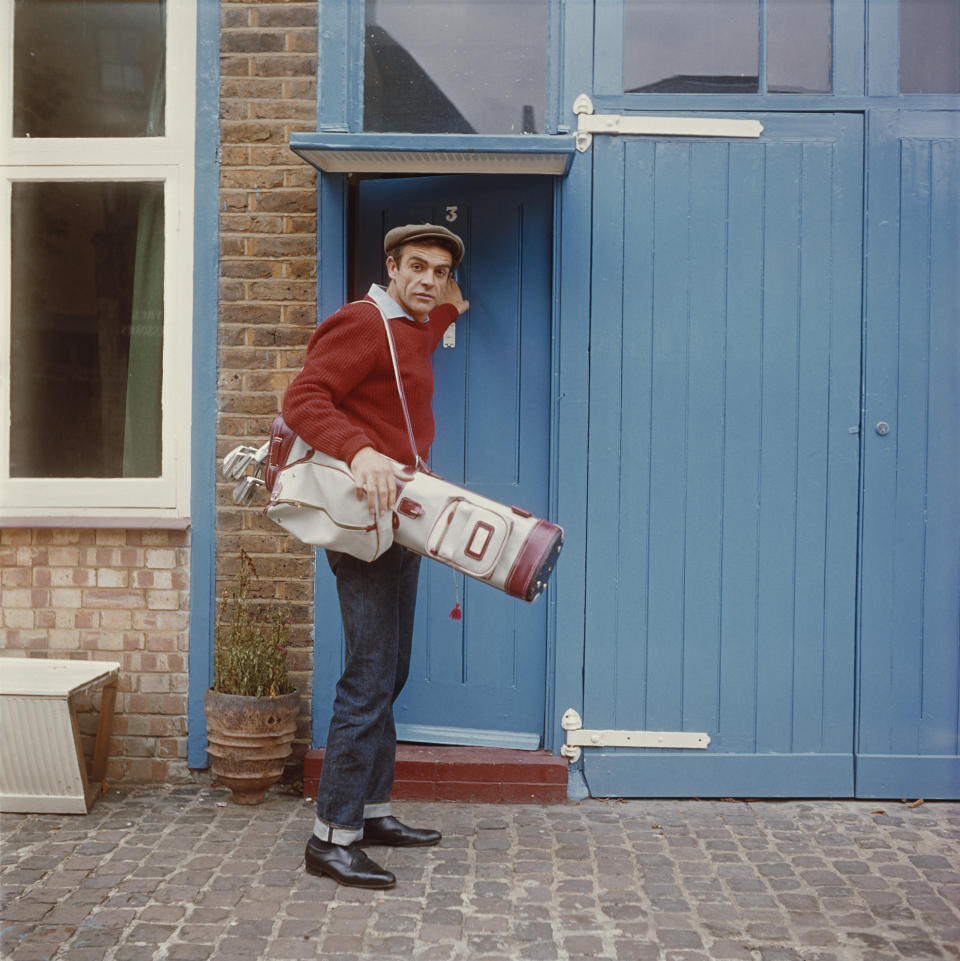
Getty Images
One of the key scenes in the film Goldfinger is James Bond engaging in a game of golf with the film’s villain, Auric Goldfinger (Gert Frobe). Sean had to learn the game for filming, but ended up genuinely falling in love with the sport, and it’s been a part of his life ever since. In an interview reported by PGA.com, he explained, “I began to see golf as a metaphor for living, for in golf you are basically on your own, competing against yourself and always trying to do better. If you cheat, you will be the loser, because you are cheating yourself."
Sean Connery made a number of 'between Bond' films
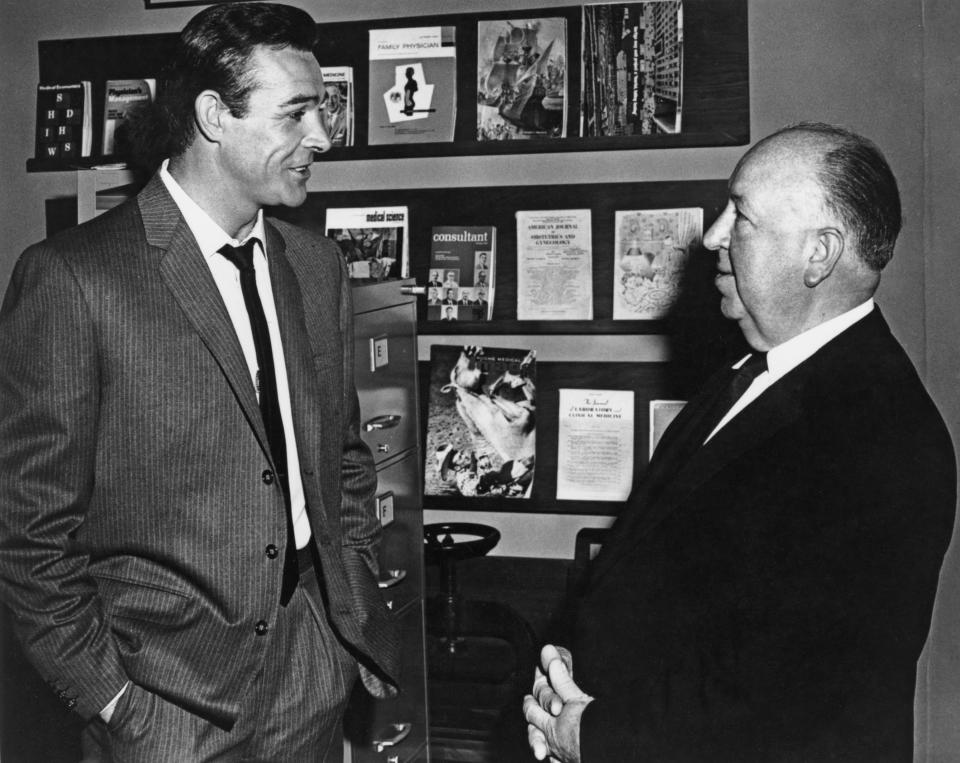
Getty Images
Right from the star of his tenure as James Bond, Sean knew two things: first, that he could be hopelessly typecast if he didn't try different things, and, two, that his success as Bond would open the door for non-007 projects. The first of these was the 1964 film Woman of Straw, which saw him play the nephew of a millionaire (Ralph Richardson) for who he hires a nurse (Gina Lollobrigida) who they manipulate into marrying the older man. The plan is that then they’ll kill him, and she'll inherit his money, which they’ll use to start a life for themselves. As dark as that sounds, Sean’s character is even darker.
Released that same year was Marnie, from director Alfred Hitchcock. It sees Sean as a man who blackmails a woman thief (played by Tippi Hedren) into marrying him as he is completely in love with her. What he’s unaware of is the psychological damage she carries and which he is hopeless against. Then, in 1965, he starred in The Hill, playing one of five British soldiers sentenced to a detention camp in the Libyan Desert; and, in 1966’s A Fine Madness as a sociopathic poet who finds himself institutionalized.
Cowboy Sean
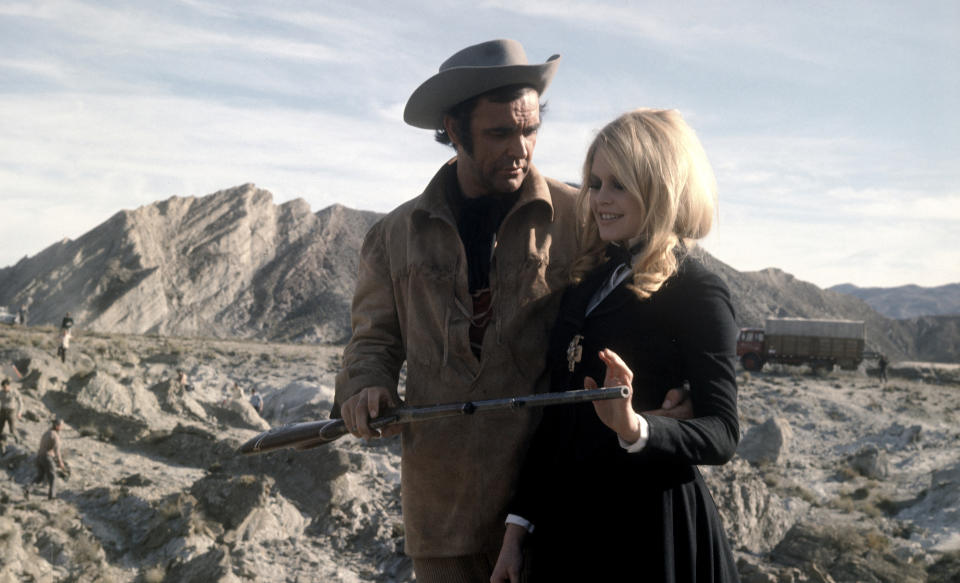
Getty Images
Upon giving up James Bond for the first time, Sean starred with Brigitte Bardot in the western film Shalako. Brigitte plays the Countess Irina Lazaar, who finds herself alone in dangerous Apache territory while Sean’s title character is a “tracker,” who is trying to locate her.
If he was looking to shake up his 007 image, this certainly did it, although it was admittedly odd to hear a cowboy with his particular accent. The film, unfortunately, was a critical and commercial flop.
Next up was the social drama The Molly Maguires, which co-starred Richard Harris and Samantha Eggar. It looked at the challenges facing Irish coal miners in Pennsylvania, who needed to fight back for decent conditions and wages. Although the critics were more responsive to it than they had been for Shalako, the audience stayed away.
MUST-READ: Yellowstone Hunks — Our 9 Favorite Cowboys, Ranked
A diversified film life: Sean Connery Movies
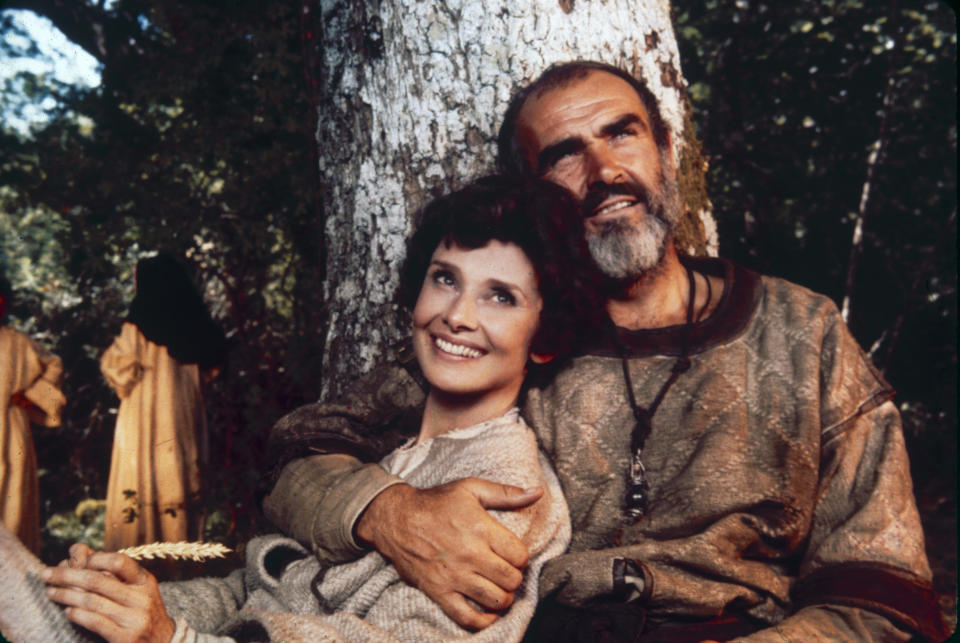
Getty Images
Despite a couple of box office failures, Sean did not take the safe route of trying to return to more roles like James Bond. He simply pushed on, trying a wide variety of roles in what would represent Sean Connery movies, like explorer Roald Anundsen, whose ghost is among those haunting the man responsible for his death in The Red Tent (1971); a criminal whose team is pulling off an apartment building heist in The Anderson Tapes (1971); and a cop at the end of his ropes in The Offence (1973).
From there, the truly bizarre sci-fi film about life and immortality, Zardoz (1973), an adaptation of Agatha Christie’s Murder on the Orient Express (1974), playing Colonel Arbuthnot; a Moroccan Sheikh who has kidnapped an American citizen in The Wind and the Lion (1974), teaming up with Michel Caine in the entertaining romp The Man Who Would Be King (1975), the World War II drama A Bridge Too Far (1977), the period adventure The Great Train Robbery (1979), written and directed by Michael Crichton; and the disaster film (in more ways than one) Meteor (1979).
In between, in 1976, he starred with Audrey Hepburn in the wonderful Robin and Marian. Set years after the traditional Robin Hood stories are told, it shows all the characters in their later years. Robin (Sean) and Little John (Nicol Williamson) return to Sherwood after many years, where they discover that Maid Marian (Audrey) is now a mother superior at a convent. But when the arrest order is issued for her by the Sheriff of Nottingham (Robert Shaw, who Sean last battled in From Russia With Love in 1963), it leads to a final encounter between the two men.
Mr. Connery takes a second wife
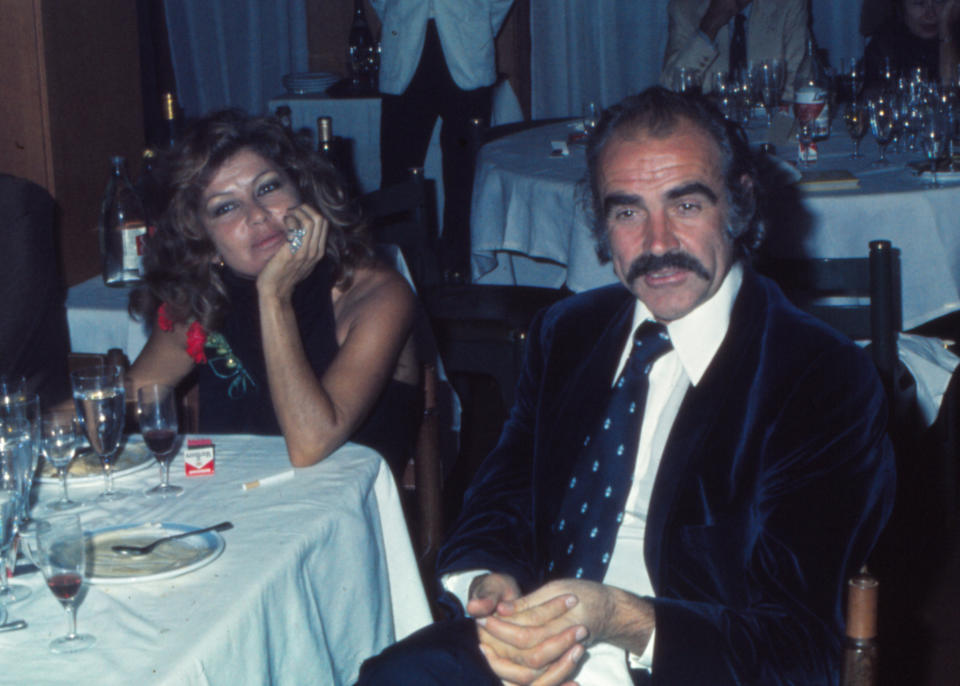
Getty Images
Her name is Micheline Roquebrune and there isn't a lot known about her, beyond the fact that she and Sean were married in 1975 and have been together ever since. One interesting connection between her and his first wife, Diane Cilento, is that whereas Diane was instrumental in Sean taking on the James Bond role back in the early 1960s, Micheline is the one who got him to see the virtues of stepping back into the role in the early 1980s for Never Say Never Again. In fact, she's the one who actually came up with the title.
'Battle of the Bonds'
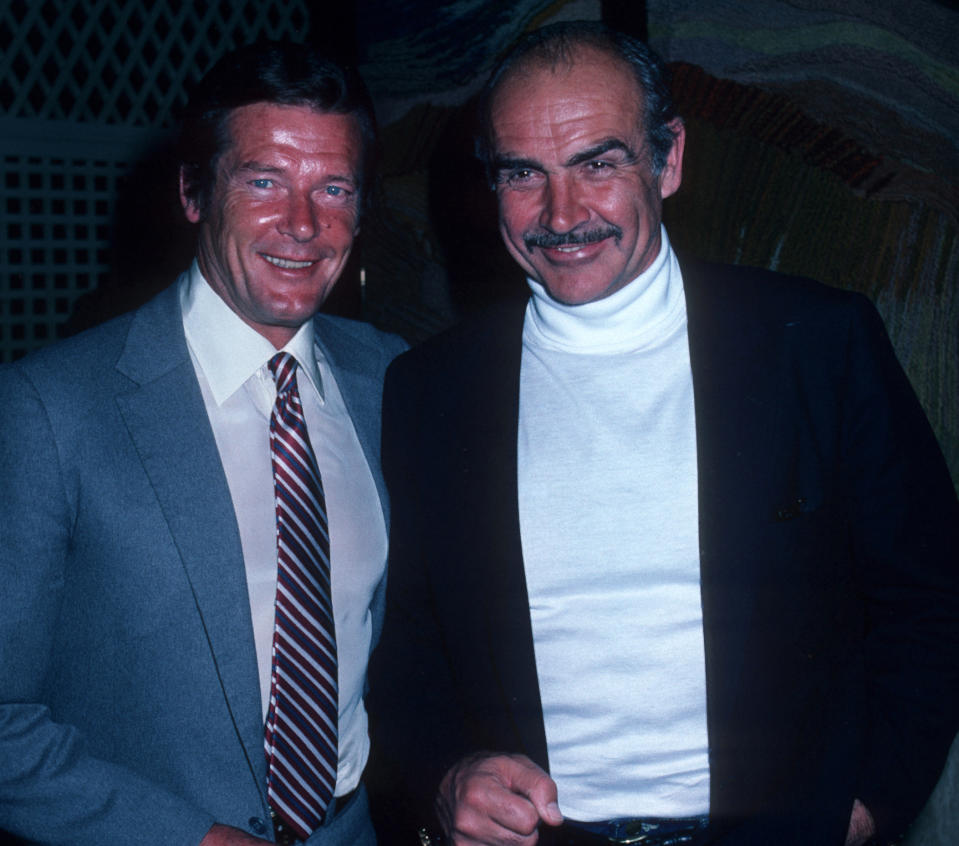
Getty Images
Yes, in 1983 there were two James Bond movies released. One was Octopussy, which represented Roger Moore's sixth 007 film; while the other was Never Say Never Again, a rival Bond production that had Sean return to his most famous role after a 12-year hiatus. The media took those films and attempted to manufacture some sort of a feud between the leading men, but nothing could be further from the truth. While Roger had indeed assumed the Bond role from Sean with 1973's Live and Let Die, both men had been great friends for decades and could care less about the so-called competition.
'The Untouchables' and More: Sean Connery Movies
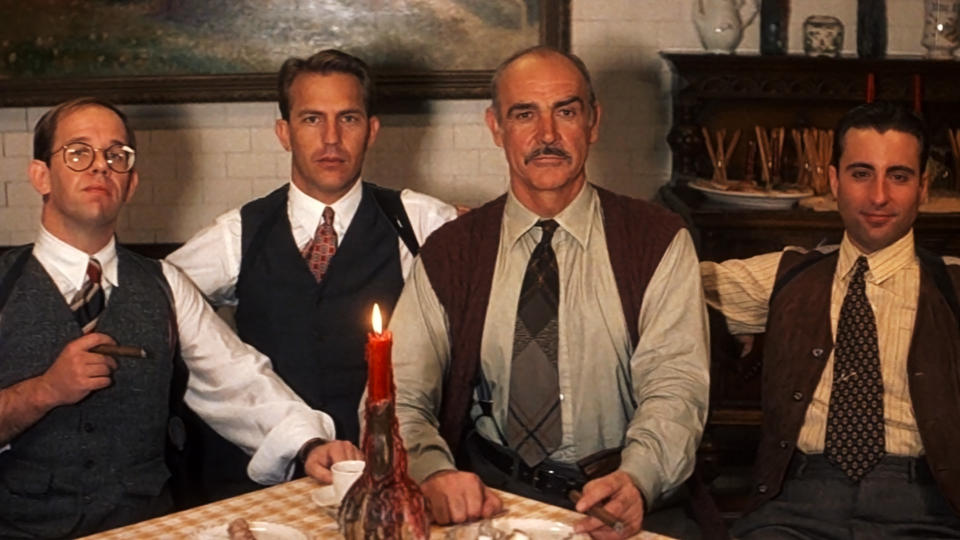
? Paramount Pictures
If there was a decade in which Sean Connery truly came into his own as an actor, and where he could finally put James Bond behind him, it would be the 1980s (this despite the fact in 1983 he played Bond in Never Say Never Again) when the roles were more varied than ever, and the nuance he brought to them even more acclaimed. Best of all wasThe Untouchables (1987), based on the classic TV series that saw him playing Jim Malone, teaming up with Kevin Costner’s Elliot Ness to bring down Al Capone in 1920s Chicago.
Other films that decade included a delightful turn as King Agamemnon in the sci-fi fantasy Time Bandits (1981), the sci-fi film Outland; a TV reporter in Wrong is Right, whose tagline was “The apocalypse brought to you courtesy of the TV news”; Five Days One Summer, a love story in which he plays a Scottish doctor in the 1930s who goes climbing mountains in the alps; a return to sci-fi/fantasy Highlander (1986), about immortals battling each other with the proclamation, “There can be only one”; a monk in The Name of the Rose (1986); and teaming up with Mark Harmon in the military drama The Presidio (1988).
Sean bonds with Oscar
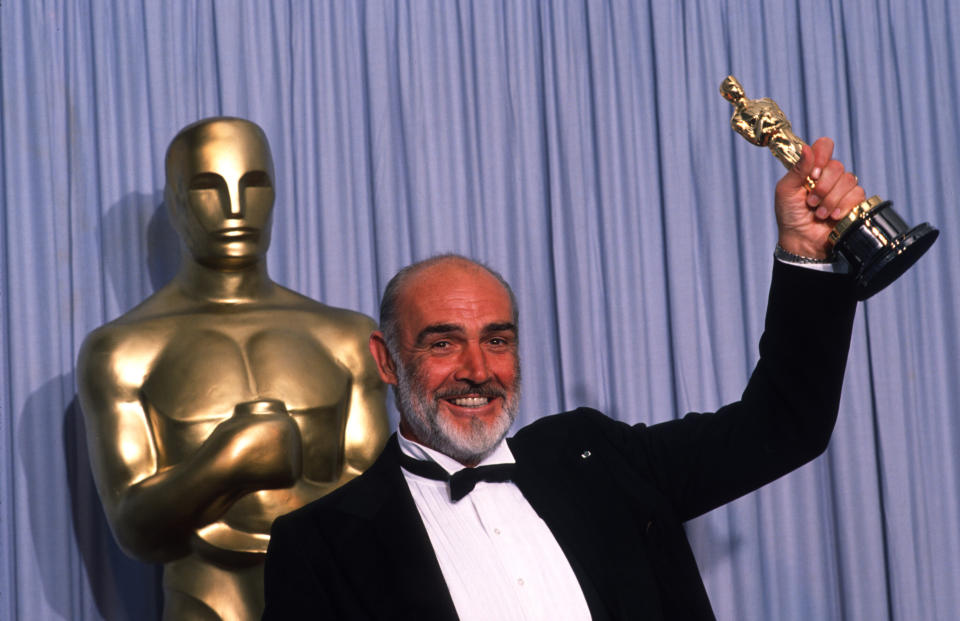
Getty Images
Above we mentioned the fact that 1980s The Untouchables was a true highlight of Sean's films from that decade. We're far from alone in feeling that way, as he was the recipient the Academy Award in the category of Best Supporting Actor for his portrayal of Jim Malone. What's wonderful to see in the following video is the genuine enthusiasm the audience has for him, and Sean's own delight at winning.
Indiana Jones and the Last Crusade: Sean Connery Movies
As if the Indiana Jones didn't have enough going for them, by the time we got to 1989's Indiana Jones and the Last Crusade (one of the most popular Sean Connery movies), we discovered that director Steven Spielberg had the brilliant idea of bringing Sean aboard. Playing Indy's father, Henry Jones Sr., it provided wonderful moments of humor and pathos as it explored this particular father/son dynamic while they searched for the Holy Grail. The chemistry between Sean and Harrison Ford was great, and we're only sorry that we didn't get to see more of it.
MUST-READ: William Shatner — His 10 Greatest Roles, Reverse Ranked
'Welcome to the Rock!': Sean Connery Movies
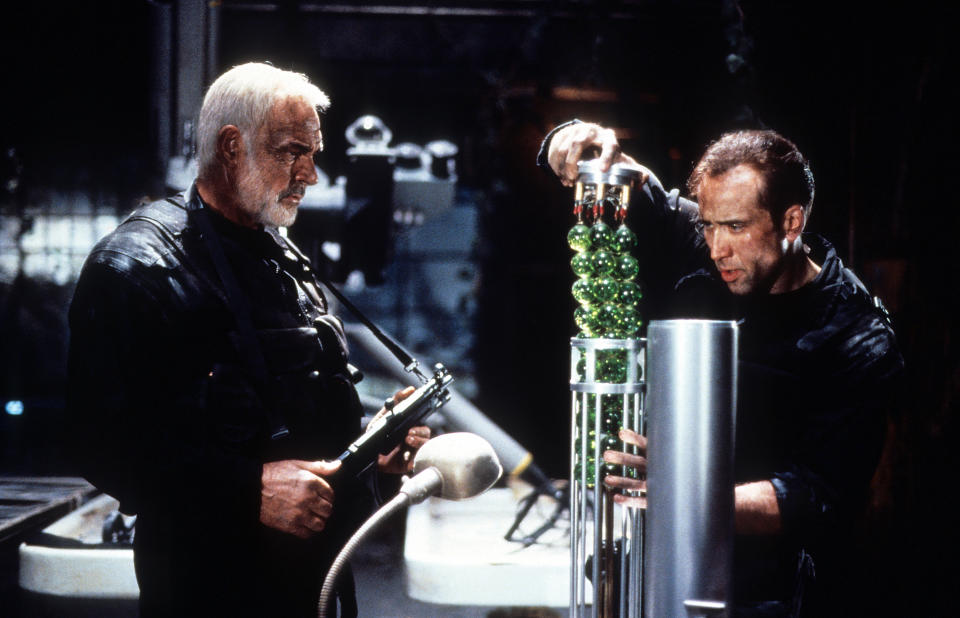
Getty Images
Anyone who felt like they were missing the old James Bond vibe from Sean in the 1990s, had no farther to look than 1996's entry into the list of Sean Connery movies, The Rock. In it, he plays a former British agent who has been illegally held by the Americans for decades, but is released to team up with nerve gas specialist Stanley Goodspeed (Nicolas Cage) to mount a mission to stop a team of mercenaries who have taken hostages on Alcatraz and are threatening to unleash a deadly chemical agent. Tremendous rapport between the leading men, and this early directorial effort of Michael Bay just.... well, rocks.
Many other Sean Connery movies of '90s didn't fare as well, though that decade did give us the adaptation of Tom Clancy's The Hunt For Red October, the intriguing Wesley Snipes co-starrer Rising Sun, and Entrapment co-starring Catherine Zeta Jones. Unfortunately, he only appeared in two more films after that, 2000's Finding Forrester, in which he becomes the mentor to a young writing protege; and his final film, 2003's The League of Extraordinary Gentleman, based on the comic of the same name.
He turned down a $400 million offer

Getty Images
Back when director Peter Jackson was gearing up the Lord of the Rings trilogy, Sean was given an offer to play the wizard Gandalf (ultimately played by Ian McKellan). He turned the part down because he didn't like the idea of filming a project for 18 months in New Zealand, and largely because he didn't understand the script for the classic fantasy.
Given the percentage he had been offered and how much the trilogy grossed, it's estimated that that decision cost him in excess of $400 million. Ouch. At the same time, let's not feel too bad for him: his net worth was in excess of $300 million.
Sir Sean Connery
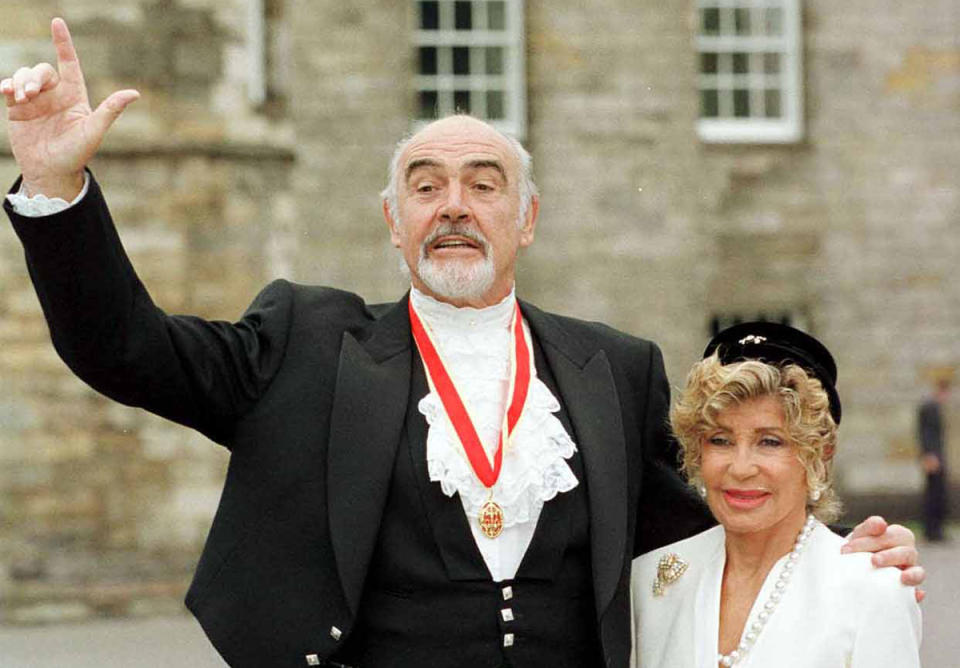
Ken Goff/Getty Images
Sean Connery had been nominated for knighthood in both 1997 and 1998, but due to opposition of the fact that he has not only spent most of his life as a supporter of Scottish independence from the United Kingdom, but has been a member of the Scottish National Party as well, it was denied. Despite that, on July 5, 2000, Sean met with Queen Elizabeth II and found himself knighted. Given his long career, coupled with the positive impact his role as James Bond had on the country in the 1960s, one would consider it an honor long overdue.
He was actually quite the dancer
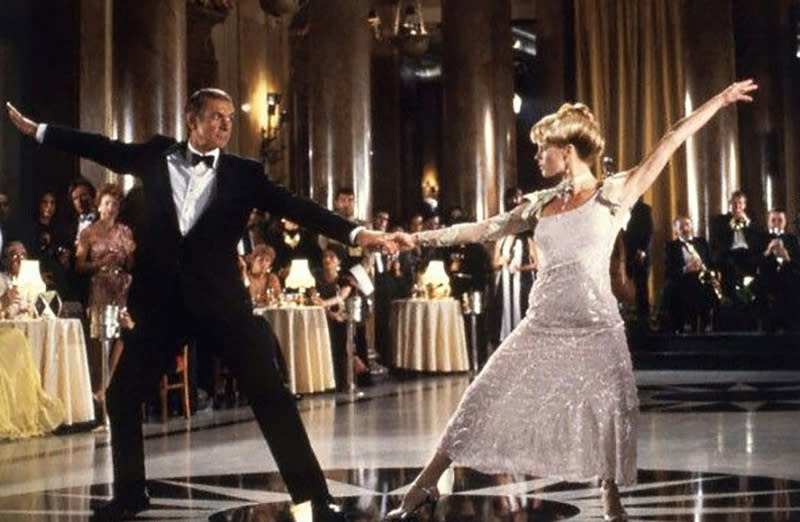
? Warner Bros
You may not know this based on his film roles, but Sean is actually a trained dancer. A fun fact for you! He reportedly spent 11 years under the tutelage of the late Yat Malmgren, who was Director of Movement at the School. One time that does to mind where we got to see Sean's footwork was when he danced the tango with Kim Basinger in Never Say Never Again, the seventh and final time of Sean Connery movies where he would play James Bond.
AFI Lifetime Achievement Award
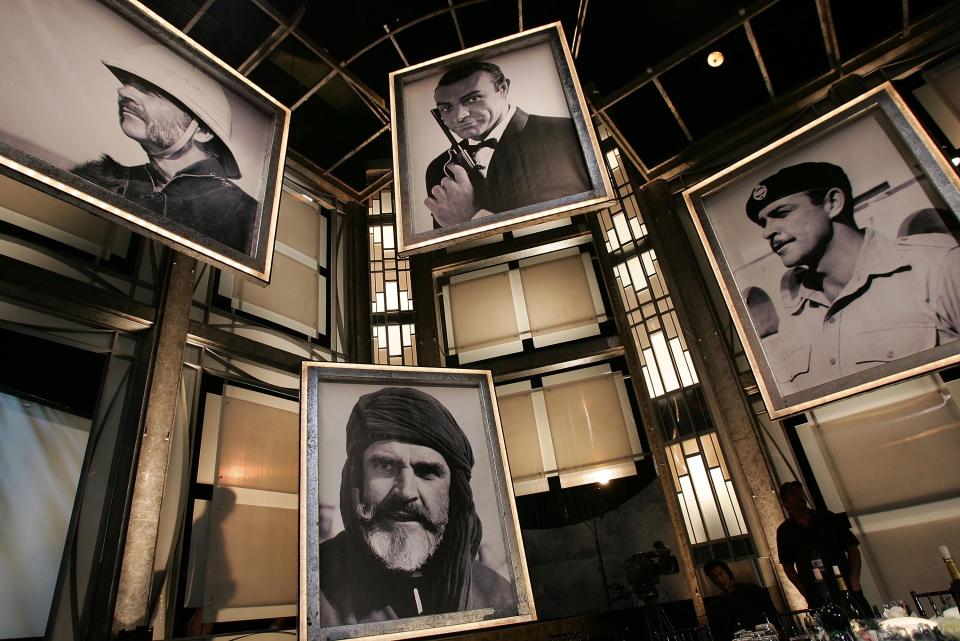
Getty Images
A highly significant event took place in June 2006 when the American Film Institute (AFI) presented Sean with their Lifetime Achievement Award, celebrating an incredible career in films. Unfortunately, it was shortly thereafter that he expressed he would be retiring from acting as well. Apparently, he had grown weary of Hollywood’s approach to, and ever-increasing reliance on, blockbusters. True to his word, the last of the Sean Connery movies was 2003's League of Extraordinary Gentlemen.
Sean Connery died on October 31, 2020 at age 90.
